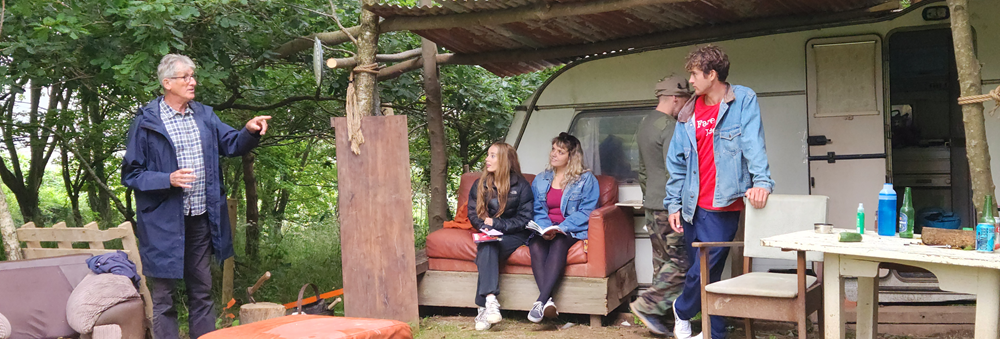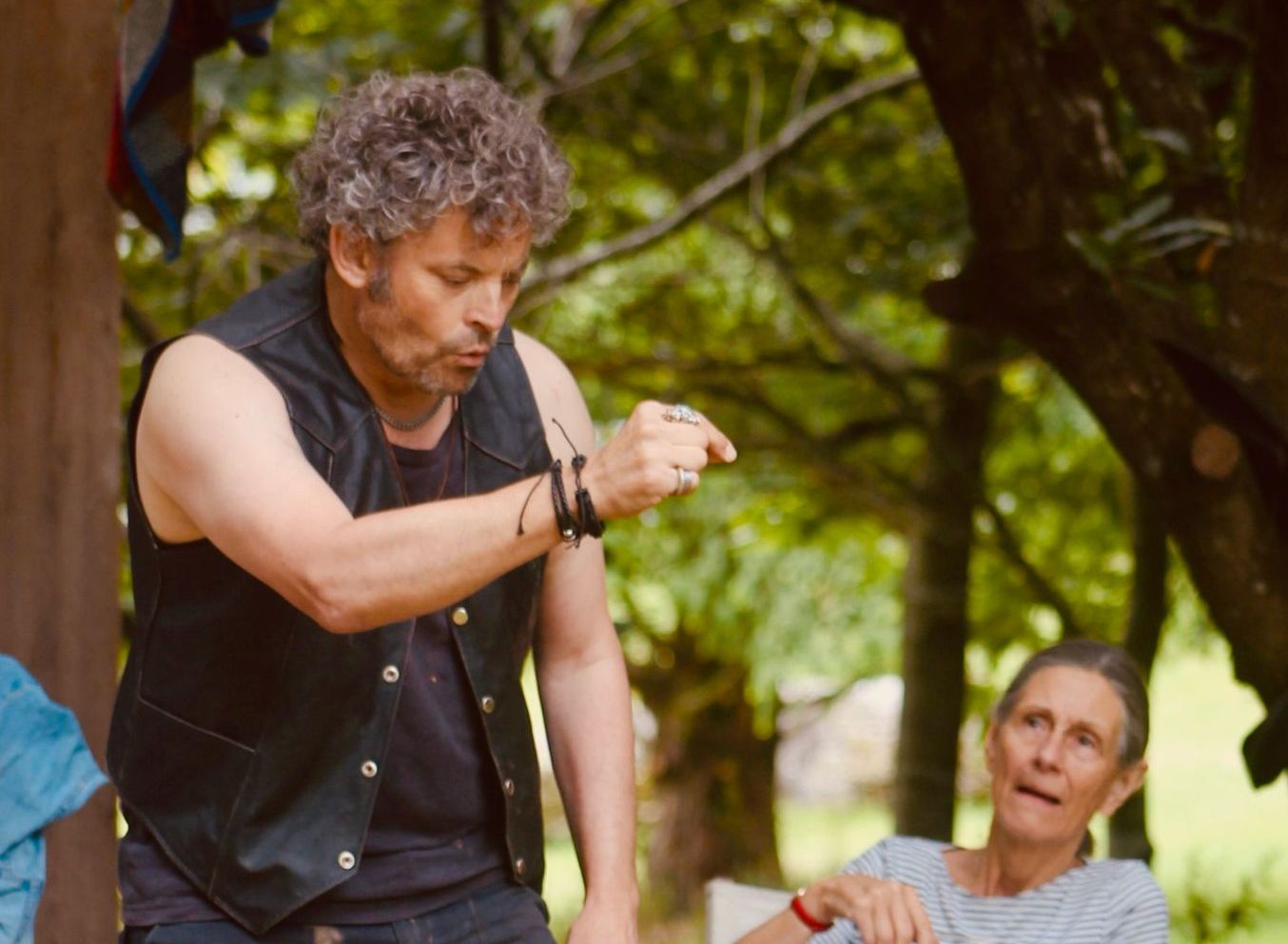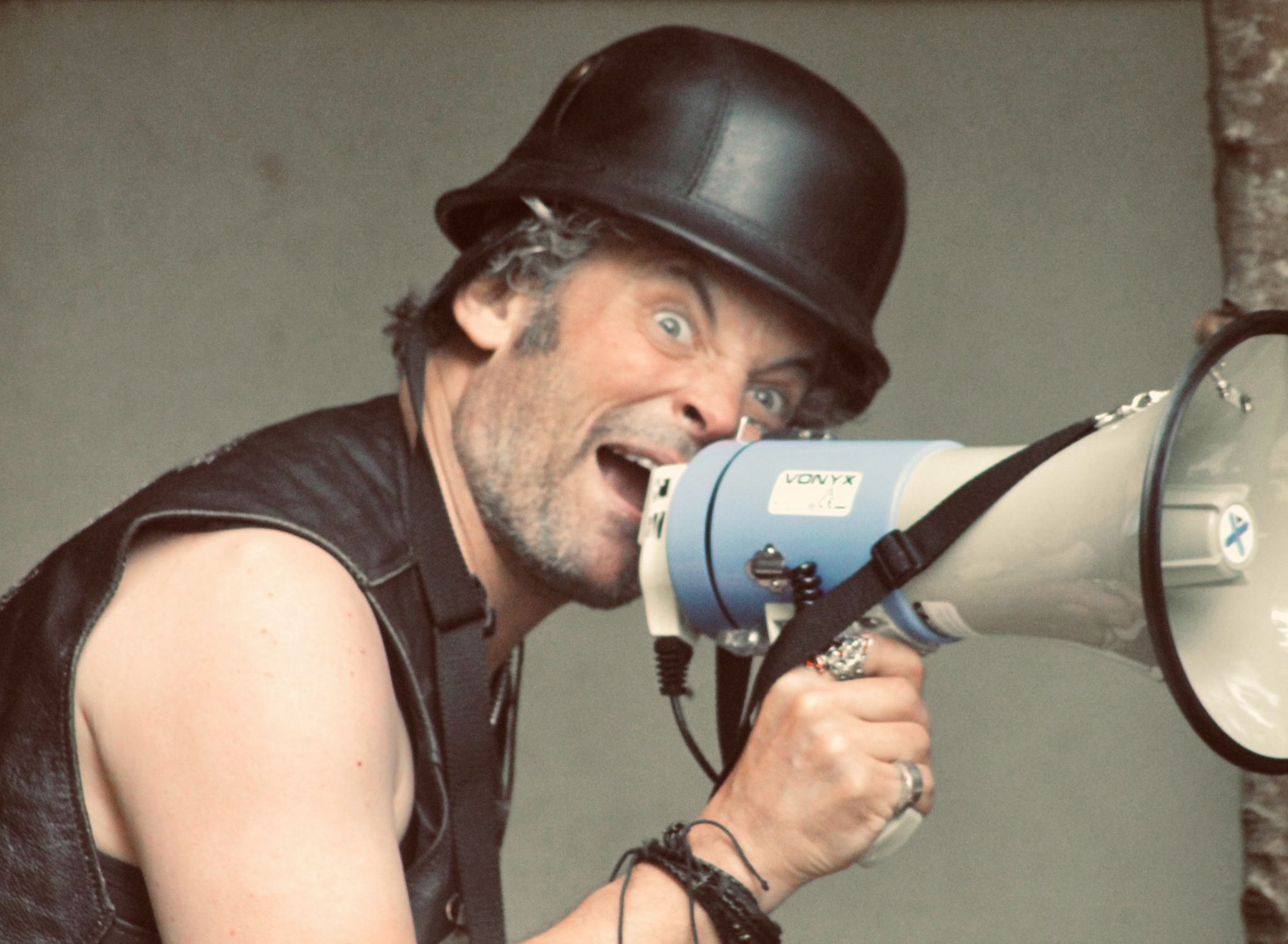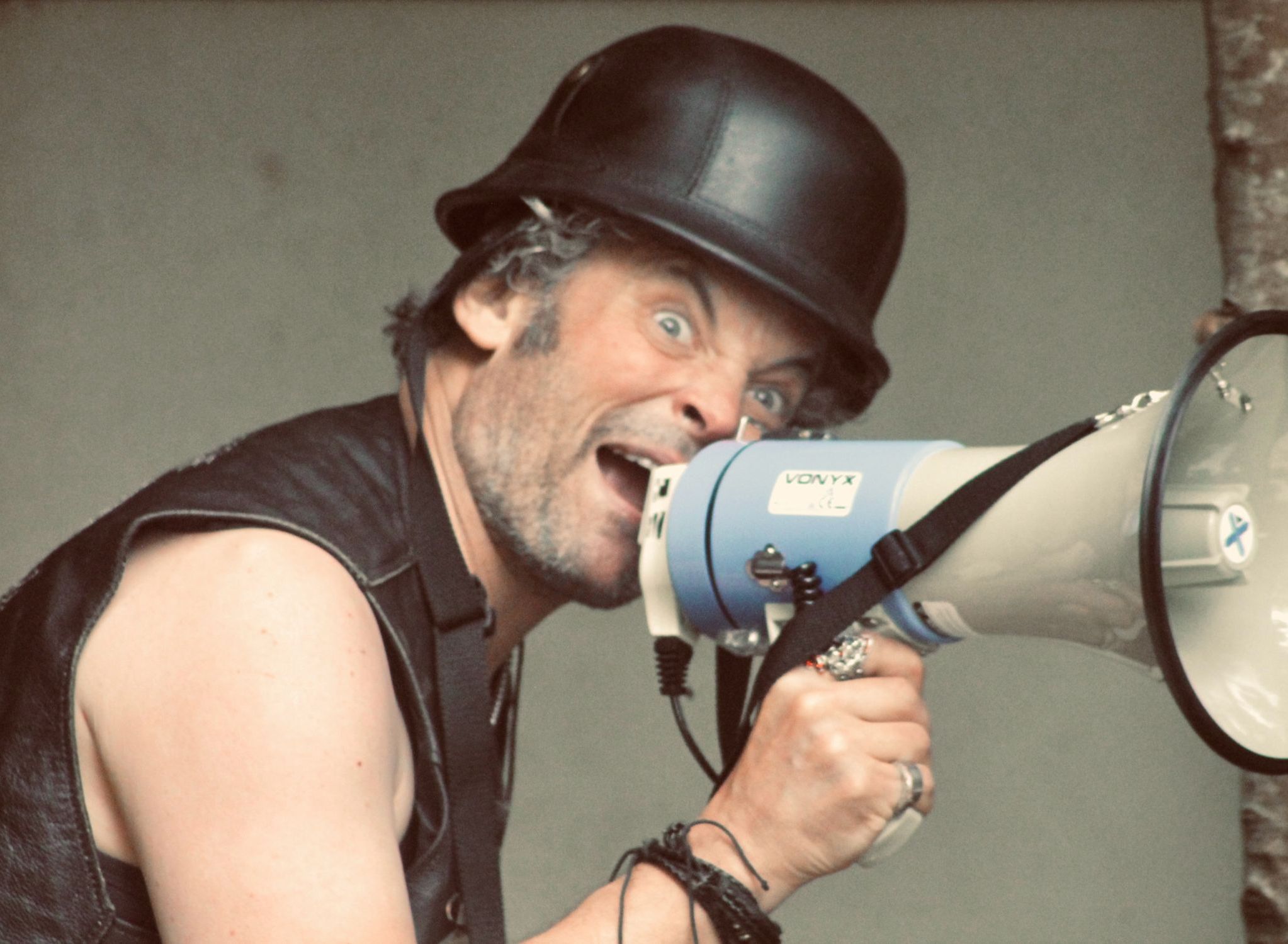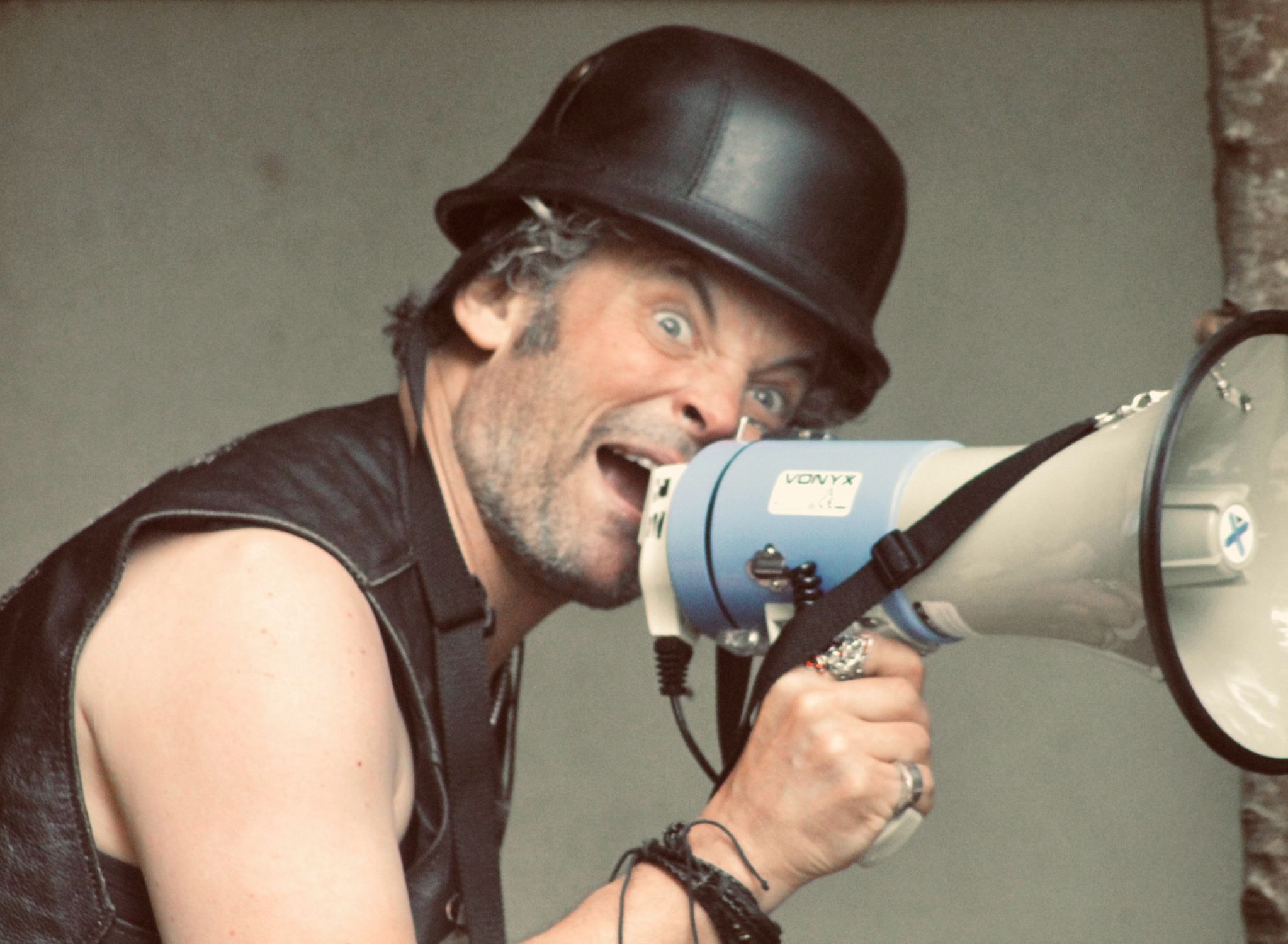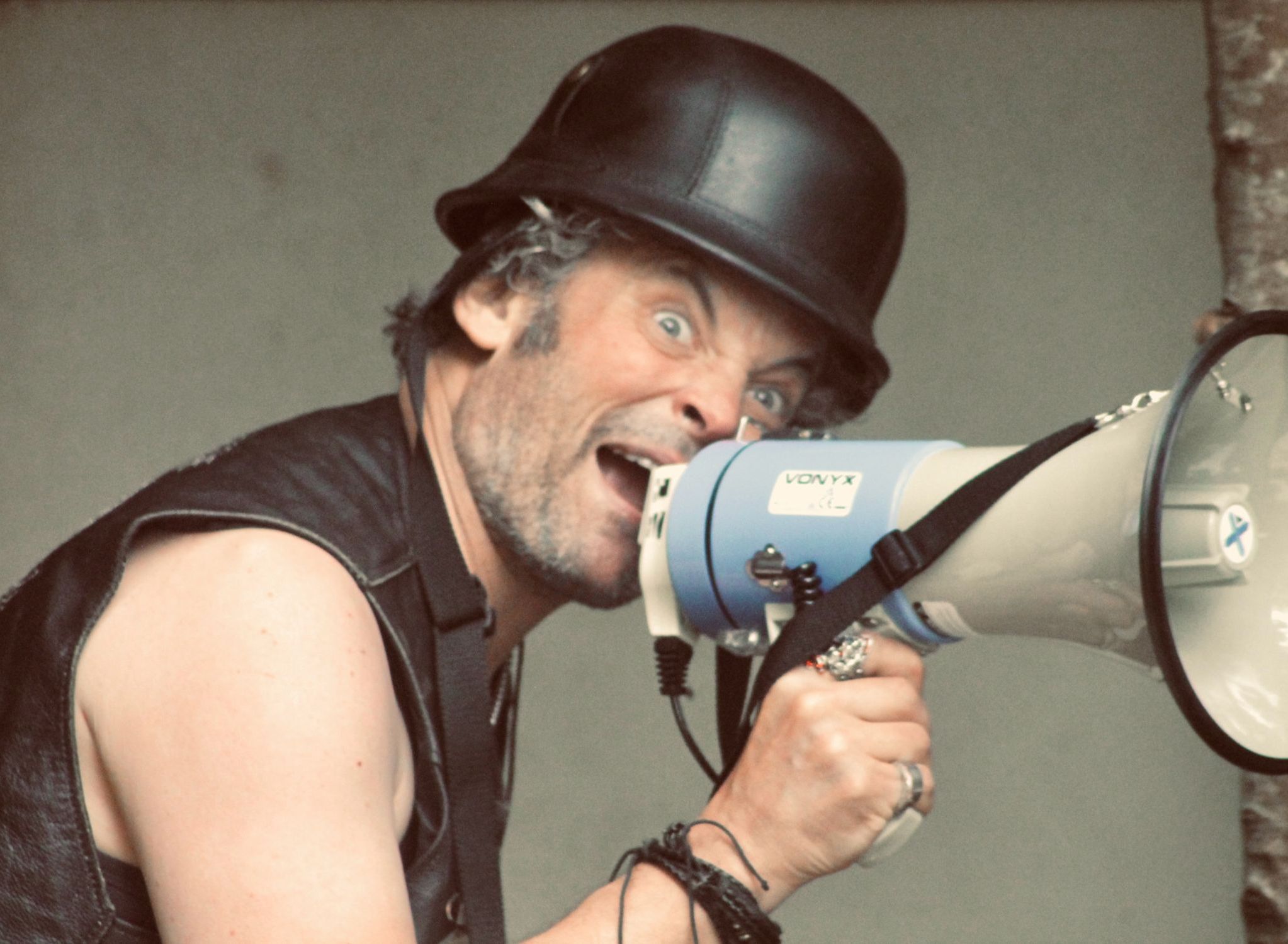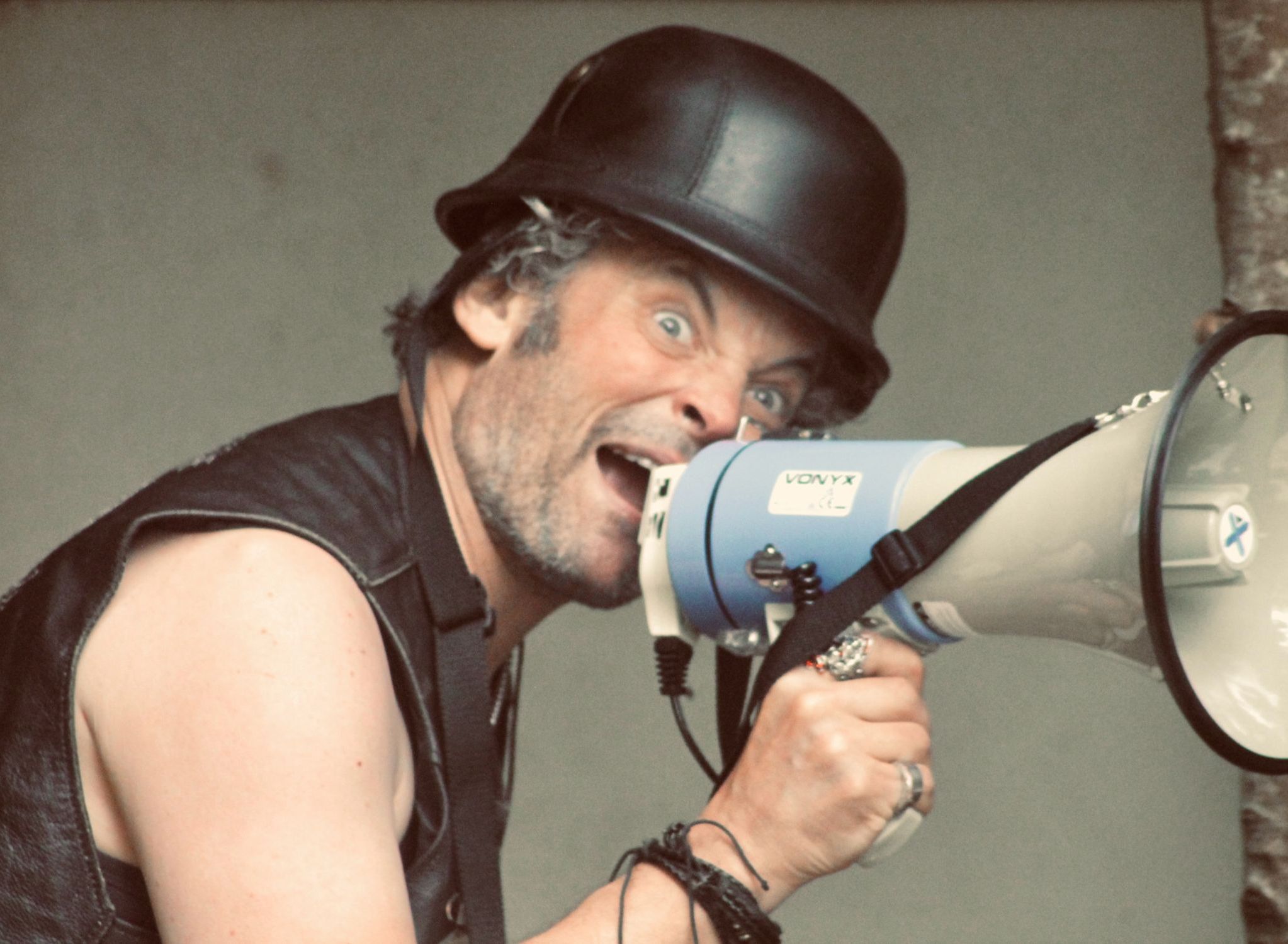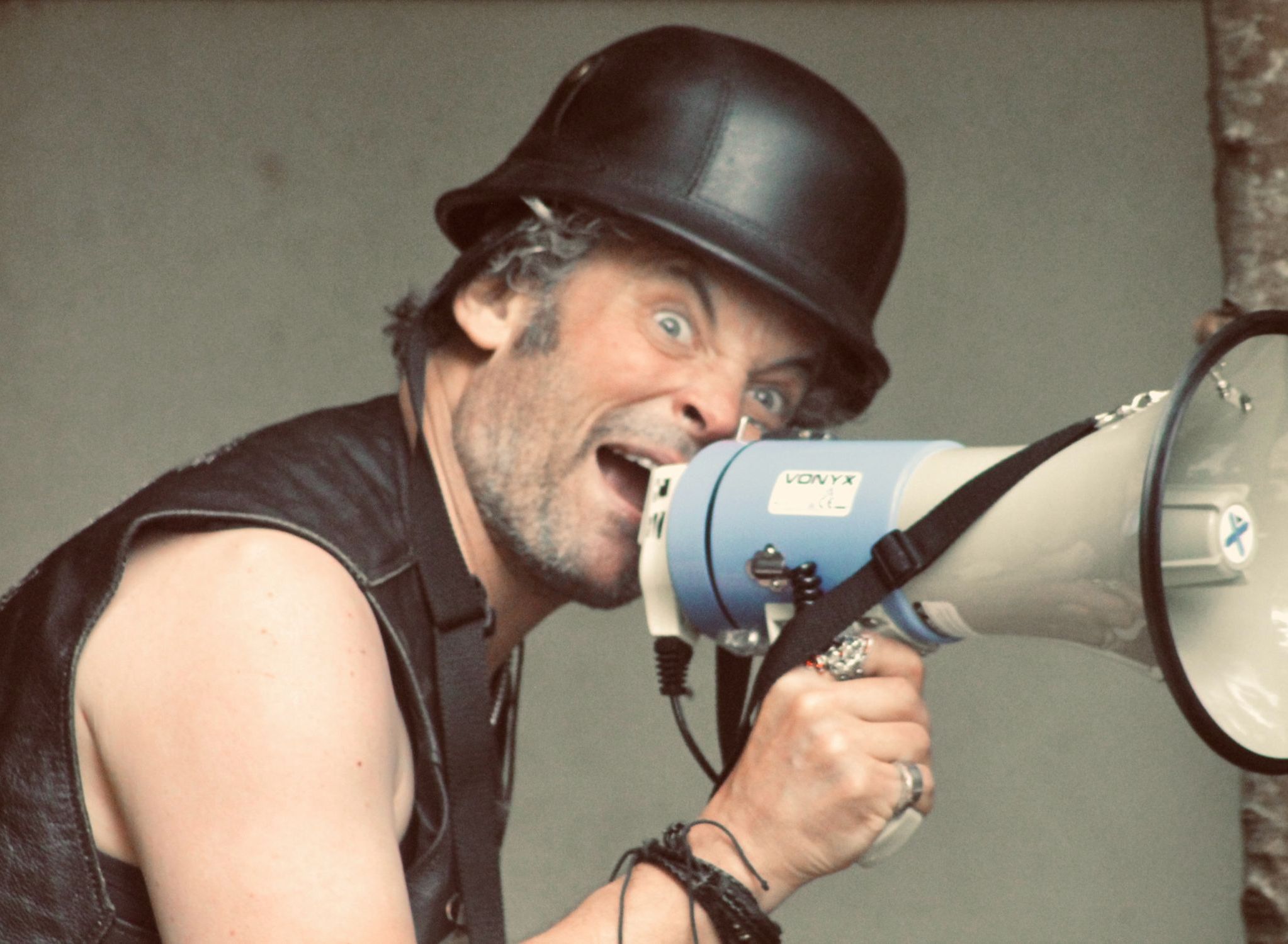Exploring Biblical Symbolism in Jez Butterworth’s Jerusalem
Jez Butterworth’s Jerusalem is a rich, chaotic tapestry of myth, rebellion, and English identity. At its centre stands Johnny “Rooster” Byron, a drug-dealing, storytelling squatter whose character echoes the archetype of Christ in provocative and complex ways. For A-level students and teachers, unpacking these parallels offers a compelling lens through which to explore themes of sacrifice, redemption, and resistance to authority.
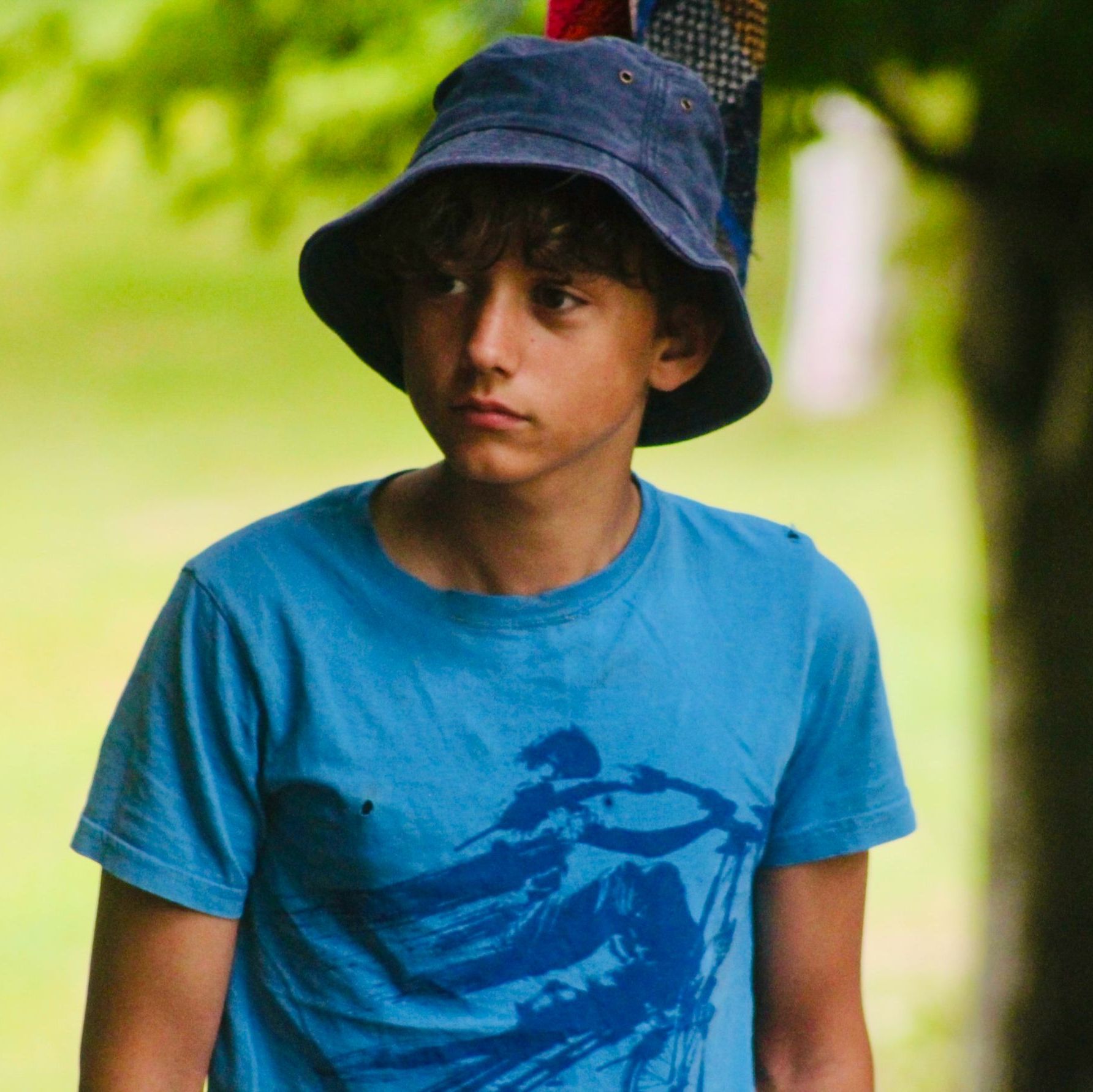

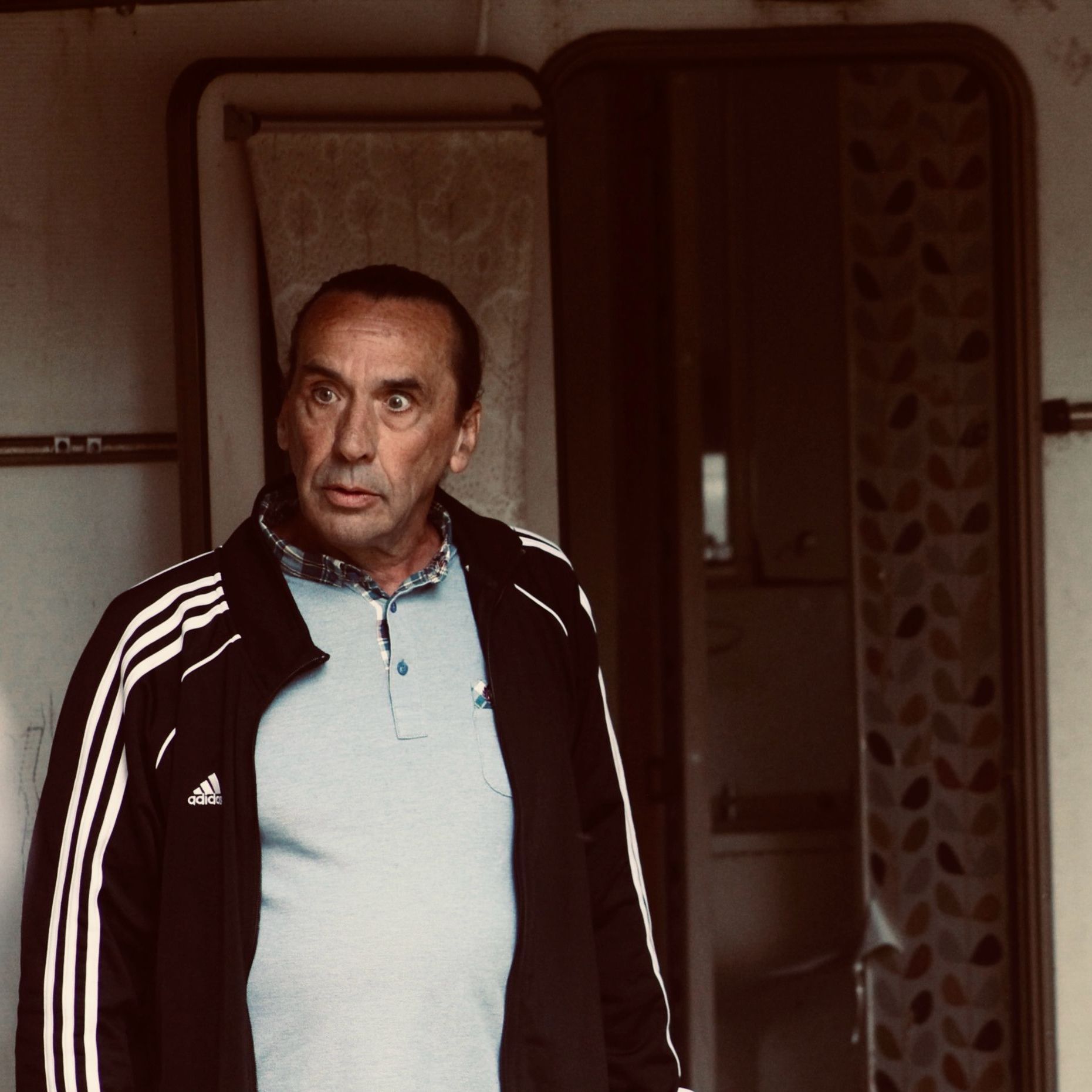
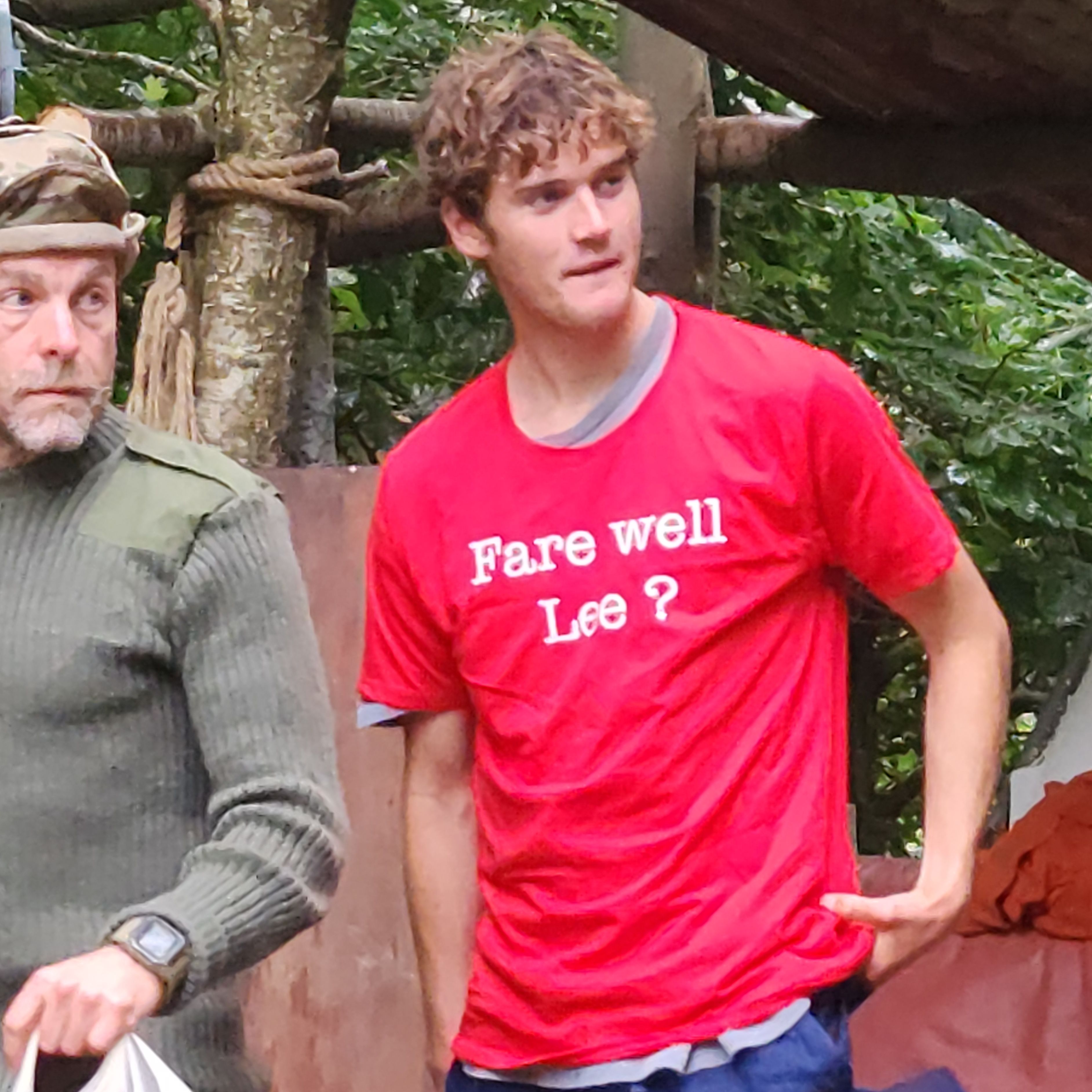
The Virgin Birth: Rooster’s Mythic Origins
Rooster’s origin story is absurd, grotesque, and strangely divine. He claims to be born of a virgin, his father shot in the testicles, the bullet travelling into his mother’s womb. This surreal tale mirrors the miraculous conception of Christ, but with a punk twist. Butterworth invites us to question the nature of myth-making: is Rooster a liar, a prophet, or both? His birth sets the tone for a character who defies natural law and social order.
Rooster’s Disciples: A Motley Crew of Believers
Rooster’s followers; Ginger, Lee, Davey, Tanya, Pea, Professor, and Weasley, form a ragtag band of modern-day disciples. They gather in the woods not for sermons, but for drugs, stories, and escape. Ginger, the wannabe DJ, is perhaps the most loyal (although ultimately shunned), while Professor, with his cryptic wisdom and spiritual leanings, evokes a St John profit figure. These characters reflect the disillusioned youth of post-industrial England, seeking meaning in Rooster’s anarchic gospel.
Betrayal in the Garden: Davey’s Video
In a moment of humiliation, Davey films his friends urinating on Rooster while he lies unconscious after a night of drinking. This act of betrayal recalls Judas’s kiss, an intimate violation from within the inner circle. The video, a symbol of modern surveillance and shame, marks a turning point in Rooster’s fall. Butterworth uses this scene to explore loyalty, cruelty, and the fragility of communal bonds.
The State vs the Prophet: Kennet and Avon Council
Rooster’s eviction by Kennet and Avon Council positions him as a martyr figure, persecuted by the authorities. Like Christ before Pilate, Rooster faces institutional condemnation. His resistance is not passive; he mocks, defies, and refuses to leave. The council’s pursuit of Rooster symbolises the clash between bureaucracy and wildness, order and myth. He also questions the authoritie's authority. For students, this is a key moment to analyse how Butterworth critiques modern governance and its erasure of the marginalised.
Temptation in the Woods: Phaedra as Forbidden Fruit
Phaedra, the ethereal runaway in fairy wings, represents temptation and innocence. Her presence in Rooster’s caravan blurs boundaries—between adult and child, protector and predator. She sings “Jerusalem” like a siren, invoking Blake’s vision of England’s spiritual rebirth. Rooster’s relationship with Phaedra is ambiguous, unsettling, and charged with symbolic weight. "Quote from Phaedra egging him on". Is she the devil’s lure or a lost angel? Students should consider how Butterworth uses Phaedra to challenge moral binaries.
Death and Resurrection: The Motorbike Myth
Ginger's claim that Rooster died during a motorcycling stunt and was resurrected adds another layer to his Christ-like mythology. This anecdote, casts him as a figure who has conquered death itself. Much like Christ’s resurrection, Rooster’s return from the brink reinforces his status as a living legend among his followers. It blurs the line between truth and myth, inviting students to consider how Butterworth uses hyperbole and folklore to elevate Rooster beyond mere mortal. His survival becomes symbolic: a refusal to be erased, a resurrection of spirit in defiance of societal decay.
Rooster as Modern Messiah
Rooster’s final moments, beaten, defiant, summoning giants, echo Christ’s crucifixion and resurrection. He stands alone, bloodied but unbowed, invoking ancient powers to reclaim his land. Butterworth fuses pagan folklore with Christian iconography, creating a character who is both deeply English and universally mythic. Rooster’s resurrection is not literal, but symbolic: he becomes legend, a spirit of resistance that cannot be evicted.
Study resources for Jerusalem religious themes
- Jez Butterworth Jerusalem analysis
- Rooster Byron Christ parallel
- Jerusalem A-level English Literature
- Biblical symbolism in Jerusalem play
- Rooster’s virgin birth myth
- Disciples and betrayal in Jerusalem
- Kennet and Avon Council eviction
- Phaedra temptation symbolism
- Modern messiah in British theatre
